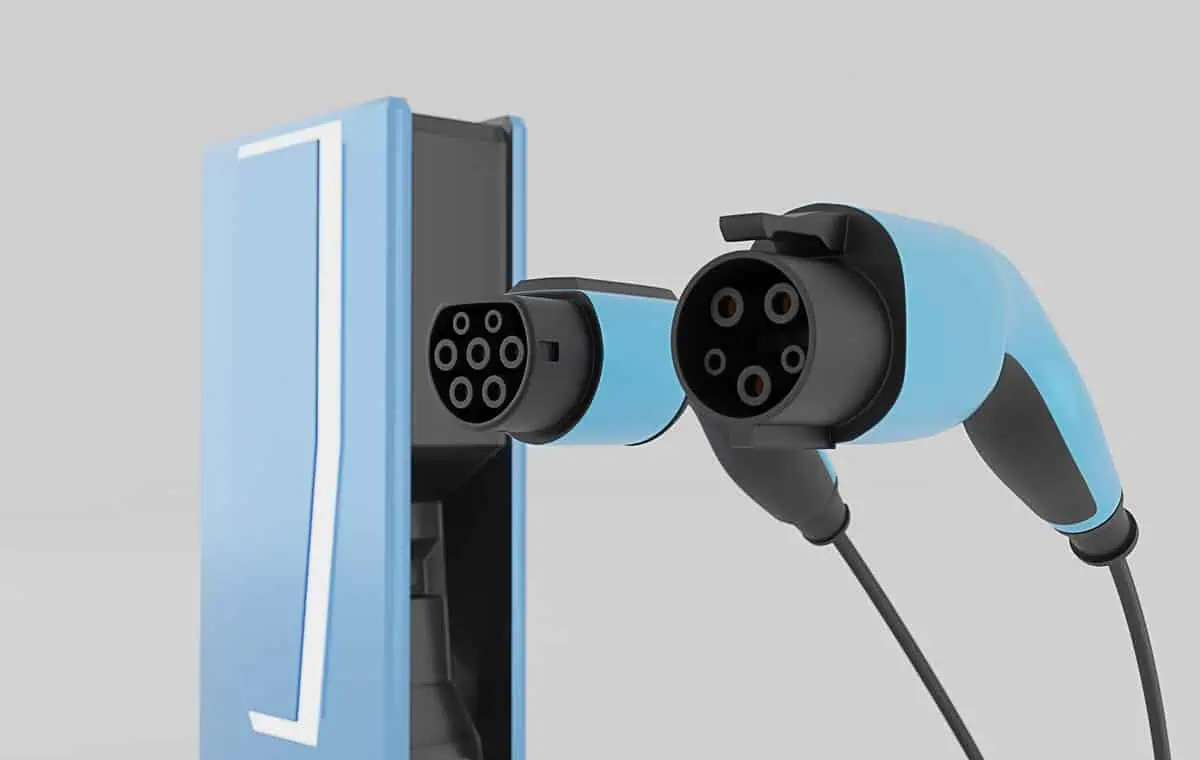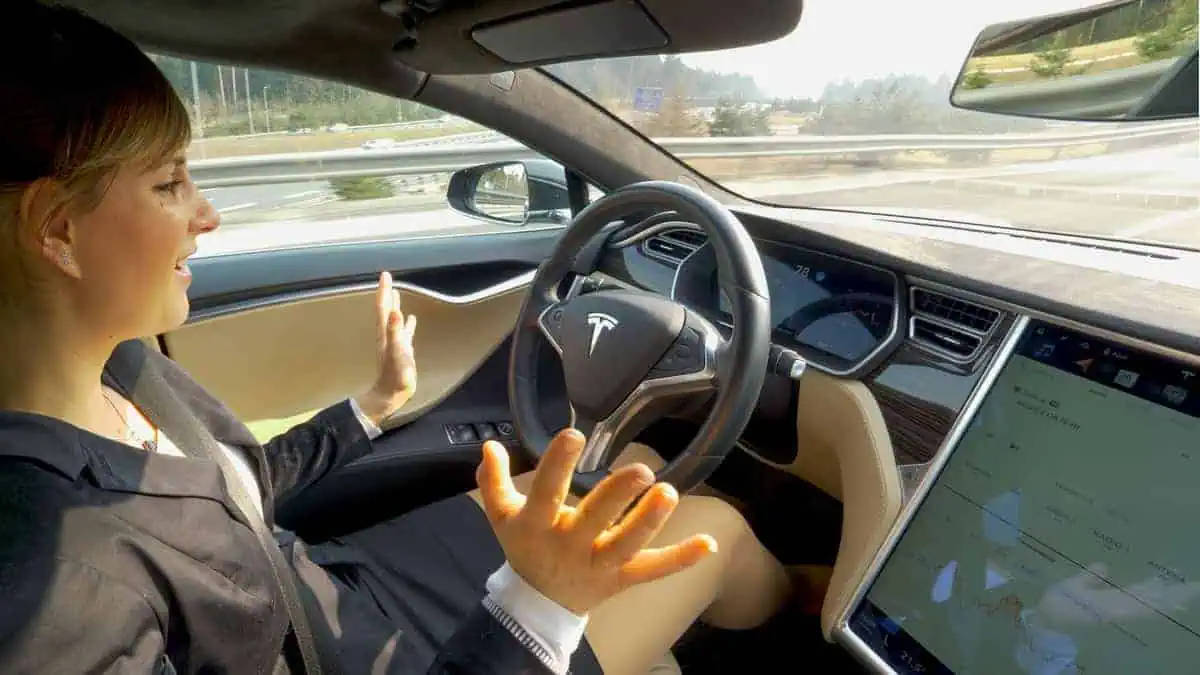Swedish automaker Volvo has just introduced its new Energy Solutions business unit yesterday as it seeks to maximize the full potential of electric vehicles.
According to the press release, stationary electric cars can sufficiently power household appliances and enable owners to return/sell back energy to the electrical grid.
“With bi-directional charging, you can use your car battery as an extra energy supply, for example to provide power to your home, other electric devices or another electric Volvo car.”
Alexander Petrofski, the new head of Volvo Cars Energy Solutions
Volvo Cars Energy Solutions
Volvo Cars’ Energy Solutions will aid the company in promoting and accelerating the shift to clean mobility. It will also support the electrical grid in powering the growing number of electric vehicles on the roads.
Volvo stated that its newly founded business will develop and launch innovative battery energy storage systems and charging solutions and services to improve the overall EV ownership experience, including bi-directional charging.
For those unaware, bi-directional charging enables EV owners to return extra battery energy to the electrical grid. It will substantially lower owners’ electricity bills by charging at low-demand periods and returning energy during peak hours.
Pilot program details
Volvo indicated that the EX90 e-SUV would be the first model in its lineup to employ the vital hardware and (over time) software for bi-directional charging and solar-based direct energy storage.
The Swedish company partnered with Gothenburg-based grid operator Göteborg Energi Nät AB to launch one of the first-ever V2G pilot programs for testing bi-directional charging technologies on a local energy grid.
It apparently utilizes a low-cost AC wallbox to encourage faster uptake of this innovative charging technology.
According to the press release, the project intends to partner with an electrical grid company to prove the V2G pilot program’s potential to offer tangible benefits.
Moreover, it also aims to establish a testing center for such new technologies crucial for the brand’s future.
“The next step would be to enable this feature all around Sweden, and hopefully that will pave the way for even broader acceptance of similar charging and energy storage services around Europe.”
Alexander Petrofski, the new head of Volvo Cars Energy Solutions
Significance
The new Volvo Cars Energy Solutions will significantly aid the automaker in achieving its target of becoming an all-electric brand by 2030. By 2025, Volvo engineers estimate that the overall battery capacity of the company’s fleet will hit approximately 50 GWh.
According to Electrek, average daily drives in Europe only reach below 20 kWh, indicating plenty of excess battery capacity for bi-directional charging.
In that sense, Volvo’s bi-directional charging concept aims to enable its owners to repurpose their batteries’ excess energy by feeding them back to the grid in exchange for payment.
“With the help of smart charging, you can charge your electric Volvo at the best available time from a sustainability and economy perspective. Now imagine you could use that energy later, perhaps during peak times when prices are higher and the energy mix less sustainable. The idea with building an energy ecosystem around your car and the batteries is that it allows you to save money and reduce your CO2 emissions, while energy firms benefit from reduced grid investments and a lower overall impact on the environment.”
Alexander Petrofski
Apart from V2G technology, Volvo further aims to develop vehicle-to-home (V2H) and vehicle-to-load (V2L) solutions through its new Energy Solutions business. Volvo also expects the new business unit to provide a new stream of revenue amid the global shift to renewable and sustainable energy.






